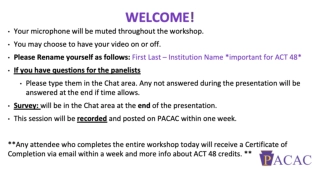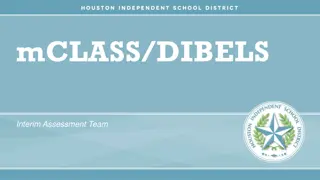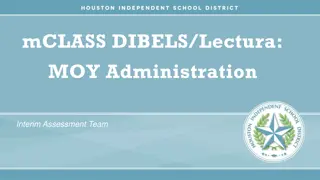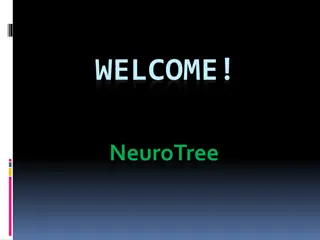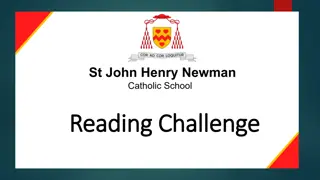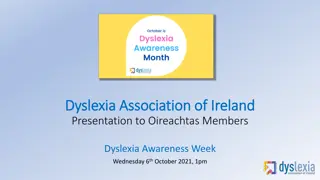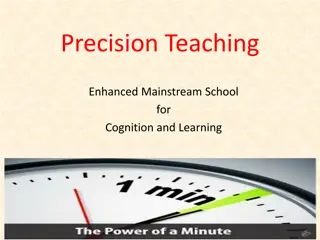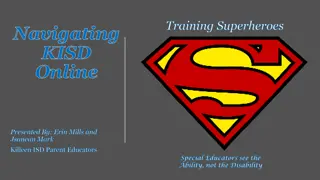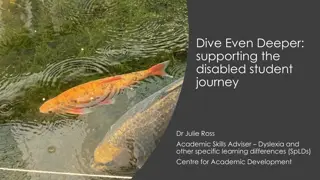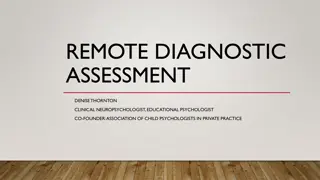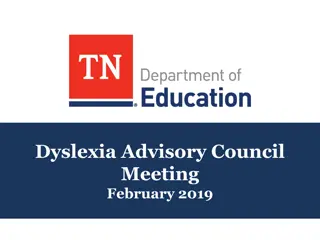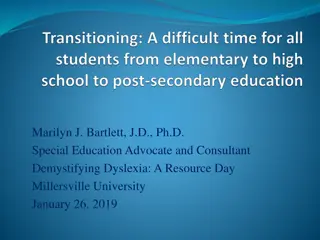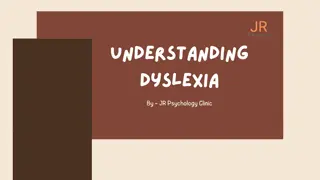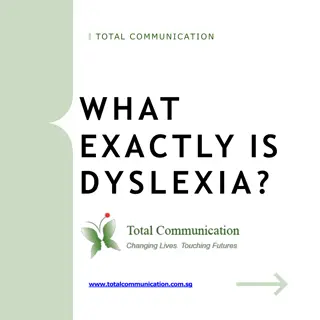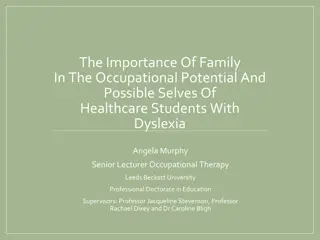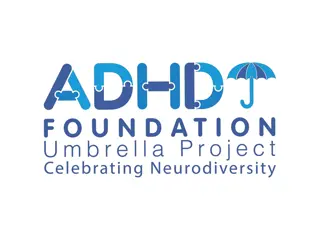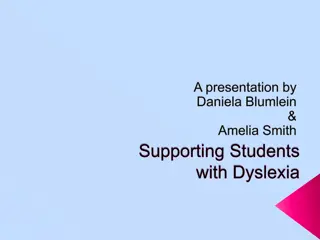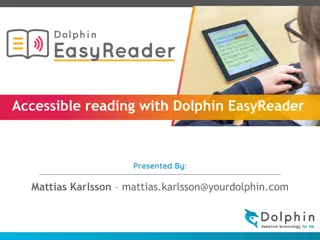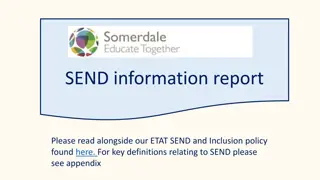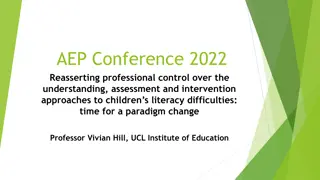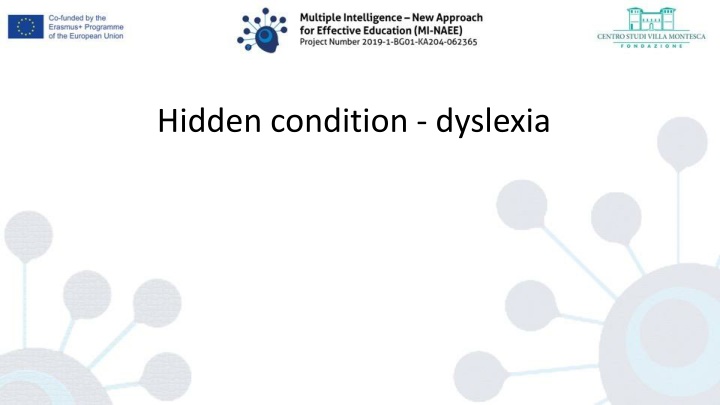
Dyslexia: Common Signs and Support Strategies
Learn about dyslexia, a common learning difficulty that affects literacy skills. Discover the signs, early intervention steps, teaching approaches, and debunking myths around dyslexia. Find out how to support individuals with dyslexia effectively.
Download Presentation

Please find below an Image/Link to download the presentation.
The content on the website is provided AS IS for your information and personal use only. It may not be sold, licensed, or shared on other websites without obtaining consent from the author. If you encounter any issues during the download, it is possible that the publisher has removed the file from their server.
You are allowed to download the files provided on this website for personal or commercial use, subject to the condition that they are used lawfully. All files are the property of their respective owners.
The content on the website is provided AS IS for your information and personal use only. It may not be sold, licensed, or shared on other websites without obtaining consent from the author.
E N D
Presentation Transcript
Usually inherited The most common of the specific learning difficulties The most visible sign of recognition is the difficulty in literacy The main reason for the difficulties in genetic dyslexics lies in the different way of processing the incoming information.
Students with dyslexia can: They mix the letters in the words and the words in the sentence when they read They have difficulties with the correct spelling of letters, when following instructions, route, directions Have difficulty processing, storing and retrieving information Have problems with memory (short-term memory), processing speed, sense of time, organization and consistency
What are the first steps when we have doubts about it? When a child after the first term in the first grade continues to have difficulties in literacy and lags behind his classmates, this is a signal for parents to seek advice from a speech therapist, special educator or psychologist. It's not always about dyslexia. The fast pace of school, the heavy workload, the many homework assignments, the all-day training turn out to be beyond the strength of some children. This leads to undigested learning material that accumulates and children find themselves unable to cope. There are indications of future difficulties in kindergarten. We teachers need to be very well informed and sensitive to recognizing them.
Teaching approach: Gardner's visual-spatial approach is very suitable for children with dyslexia - adding colors and illustrations: For example: Each time you write something, change the colors at the end of each line to help students with dyslexia distinguish paragraphs from sentences. Illustrations can also make it easier for people with dyslexia to understand what you mean. The illustration of the definition of "What is a sentence?", For example, can be explained with an illustration of a bear and a turtle. The teddy bear tells the turtle what a sentence is, how it starts, what sign it ends with, and so on. These children remember the images more easily, and while the image of the teacher is more difficult to remember, the illustrations (or dolls, for example) of the animals are easier to perceive. Thanks to the visual images, children will find it easier to systematize their knowledge, understand and remember what is difficult for them to perceive with the help of logic.
As I mentioned above, dyslexia has nothing to do with IQ: People are: - Figurative thinkers - see the big picture; - Intuitive - very good at reading people; - With good communication skills - sociable. ***It takes patience and a lot of love from teachers. At home, parents could help the child to build a regime of rest and study according to his personality. The child must be guided, but at the same time must be taught independence. There is no exact recipe that applies to all teachers and parents and all children. In total, these are three words: love, patience and perseverance!

